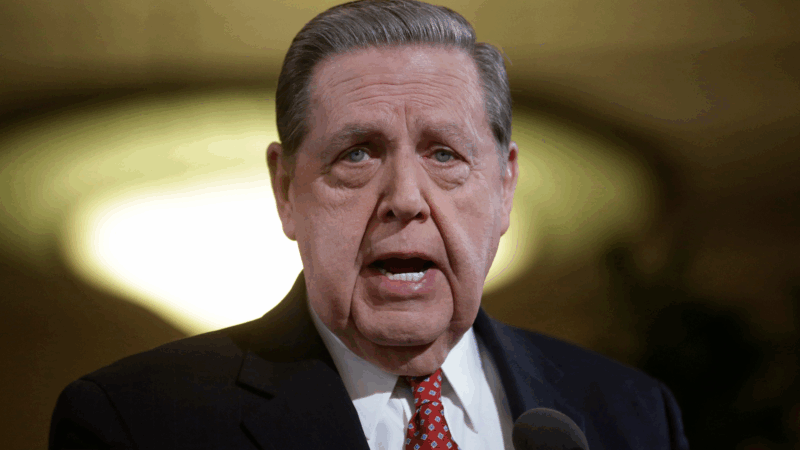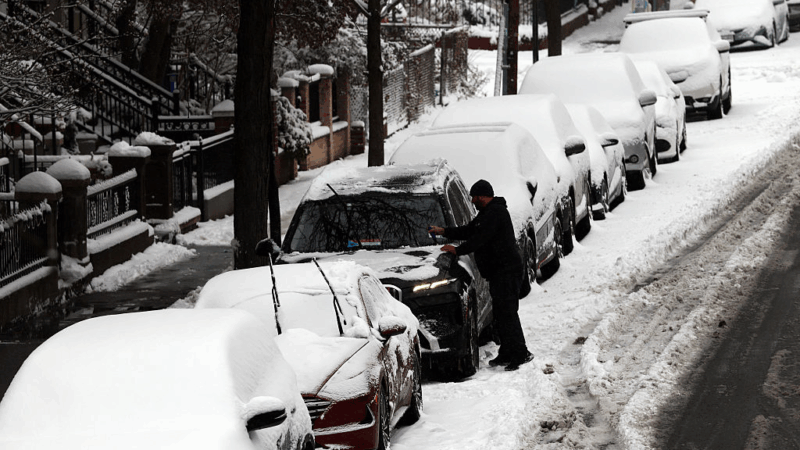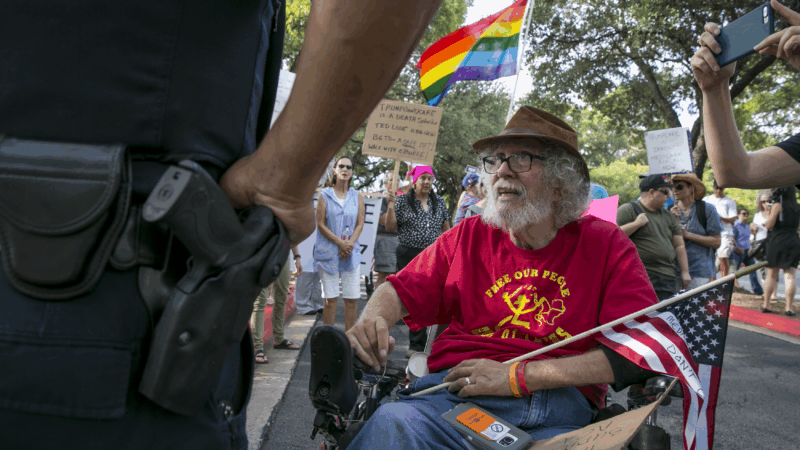As Coronavirus Cases Spike, Numbers Bear ‘Very Close Watching’
Alabama added 859 coronavirus cases Friday, hitting a new record for the second day in a row. Hospitalizations also reached the highest levels since the pandemic began. The state now has 23,333 confirmed cases. Alabama was one of the last states to issue stay-at-home orders and among the first to lift them.
We checked in with Dr. Karen Landers with the Alabama Department of Public Health for a Q & A about this week’s spike.
This interview has been condensed and edited for clarity.
How concerned are you with the huge jump in cases and hospitalizations we’ve seen?
“We’re always concerned about the numbers. And it is a very, very significant trend. It is the highest that we have seen in terms of numbers. And what this really indicates is that we still have a lot of COVID-19 in Alabama, which obviously we already knew. But these numbers are just confirming that.”
What’s behind this latest surge?
“Well, certainly we know that we have ongoing community transmission of COVID-19 in places in the state of Alabama. In addition, we’ve had outbreaks in entities that have contributed to these numbers. Some of our cases are what’s called epi-linked [epidemiologically linked], which means that a person may be a household member, an intimate partner or a close contact otherwise of a case. We are aware that some persons did have Memorial Day gatherings with families and friends, and that did increase some of our cases. Certainly, we are still working to complete all the investigations from the backlog we had last week when our ALNBS [online data] system became overwhelmed with data. And finally, we continue to have ongoing testing in Alabama that does contribute some to our numbers. But certainly, we are continuing to see a lot of cases. And this really reminds us that we have to continue our preventive measures for COVID-19 in Alabama.”
Did the state reopen too soon?
“The governor has to make the decision that she believes is best for the state of Alabama taking all information into account. I do believe that it’s very important that as we have opened up and continue to open up, to be aware that the measures that we are recommending can be very helpful. Even if we have a more open situation, it still can be very helpful to follow the guidelines for social distancing, wearing a cloth face covering, and then always being aware that if persons have high-risk health conditions such as cardiovascular disease, pulmonary disease, renal disease, immunosuppression, diabetes, again, those kinds of conditions, they really need to exercise an extreme level of caution for being exposed to other people.”
There are lots of people who aren’t wearing masks, they’re not social distancing, they’re gathering in large groups. And to them, the pandemic seems a thing of the past. Should state leaders be doing more to convey the urgency around this current situation?
“Well, certainly we have continued to message about this since we really began working on this very early in March and actually the planning that the Alabama Department of Public Health was doing well before that time. And I don’t think that we can message enough. I think we have to continue to remind and especially look at these numbers and see that this is a statistic that bears very, very close attention and very close watching. We have a lot of COVID-19 in Alabama. We need to continue to take the preventive measures seriously.”
At what point would the state look at this continued upward trend and say ‘It’s time to change course’ and impose more restrictions?
“Well, it will be important to look at the trends that are occurring over the next several days, as well as taking other information into consideration to determine what we can do to reduce the spread of this virus if we don’t see a decrease from these numbers based upon persons redoubling their efforts to reduce the spread of this from person to person. Then certainly other measures will need to be considered.”
Memory loss: As AI gobbles up chips, prices for devices may rise
Demand for memory chips currently exceeds supply and there's very little chance of that changing any time soon. More chips for AI means less available for other products such as computers and phones and that could drive up those prices too.
Brigitte Bardot, sex goddess of cinema, has died
Legendary screen siren and animal rights activist Brigitte Bardot has died at age 91. The alluring former model starred in numerous movies, often playing the highly sexualized love interest.
For Ukrainians, a nuclear missile museum is a bitter reminder of what the country gave up
The Museum of Strategic Missile Forces tells the story of how Ukraine dismantled its nuclear weapons arsenal after independence in 1991. Today many Ukrainians believe that decision to give up nukes was a mistake.
Jeffrey R. Holland, next in line to lead Church of Jesus Christ of Latter-day Saints, dies at 85
Jeffrey R. Holland led the Quorum of the Twelve Apostles, a key governing body. He was next in line to become the church's president.
Winter storm brings heavy snow and ice to busy holiday travel weekend
A powerful winter storm is impacting parts of the U.S. with major snowfall, ice, and below zero wind chills. The conditions are disrupting holiday travel and could last through next week.
Disability rights advocate Bob Kafka dead at 79
Bob Kafka was an organizer with ADAPT (American Disabled for Attendant Programs Today), a group which advocates for policy change to support people with disabilities.








